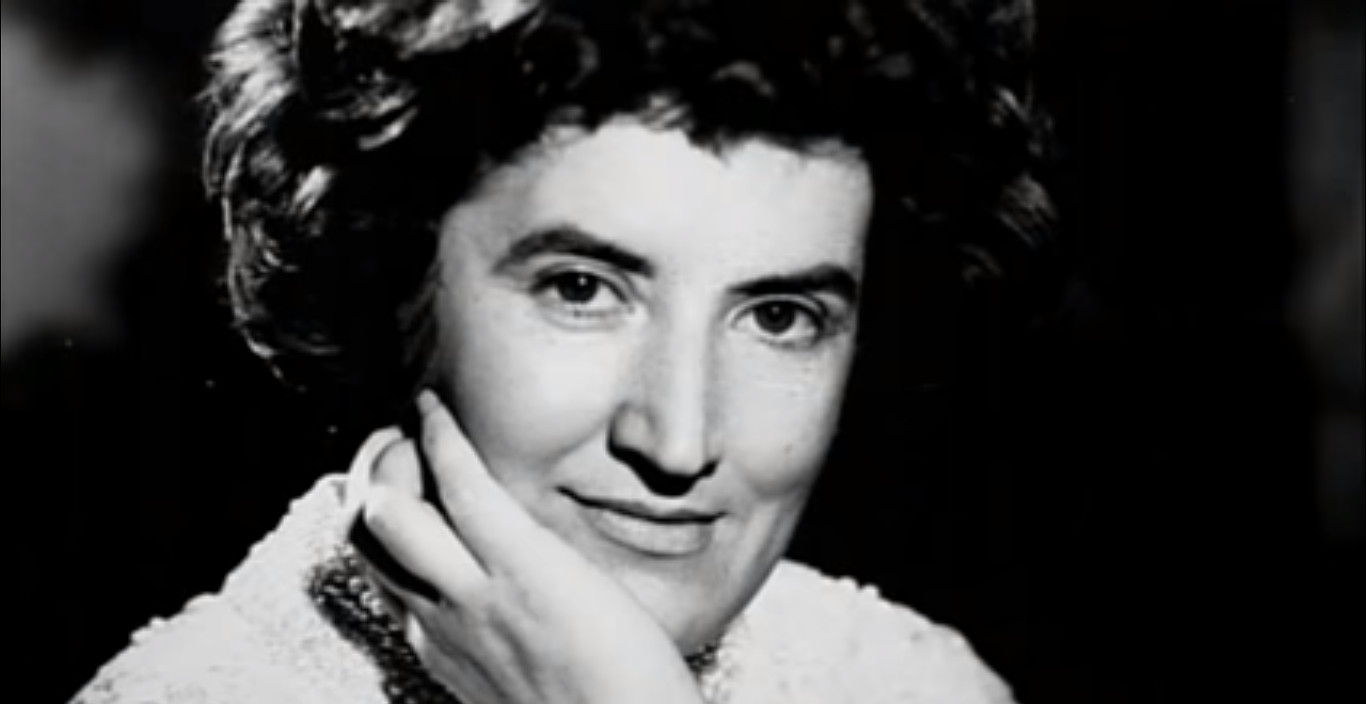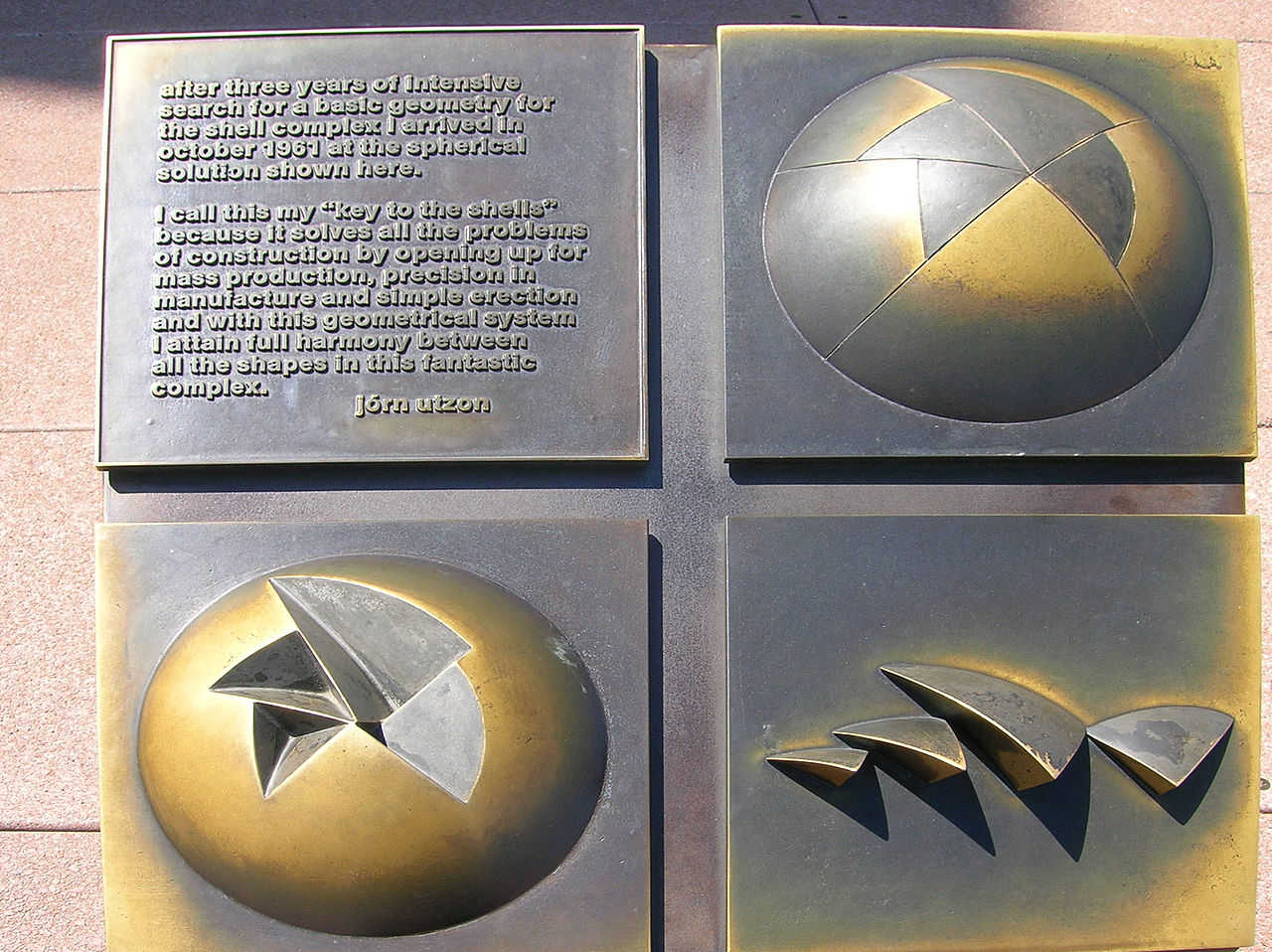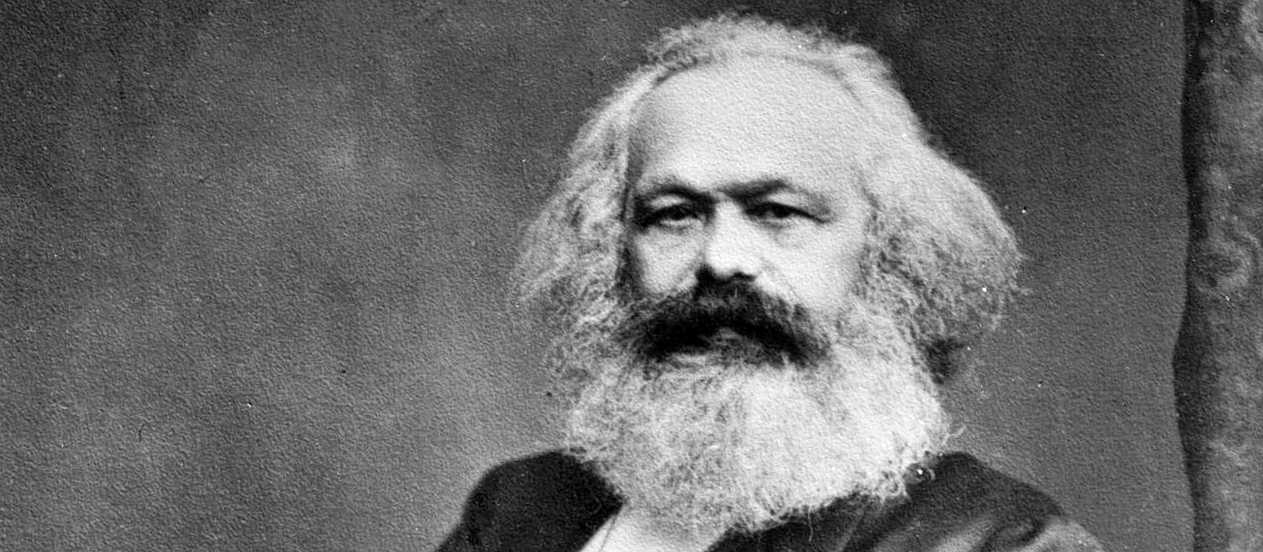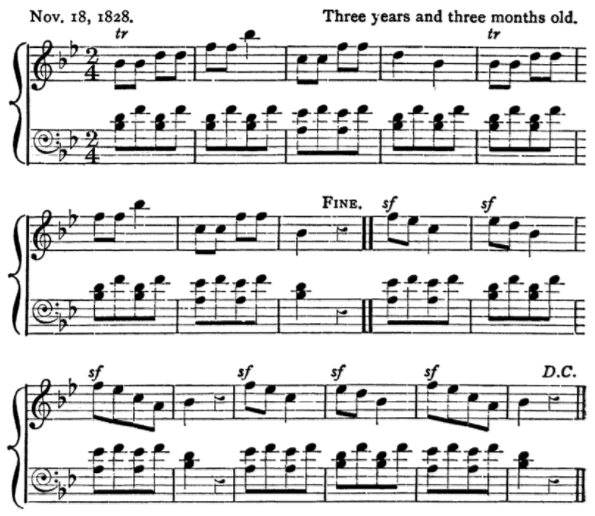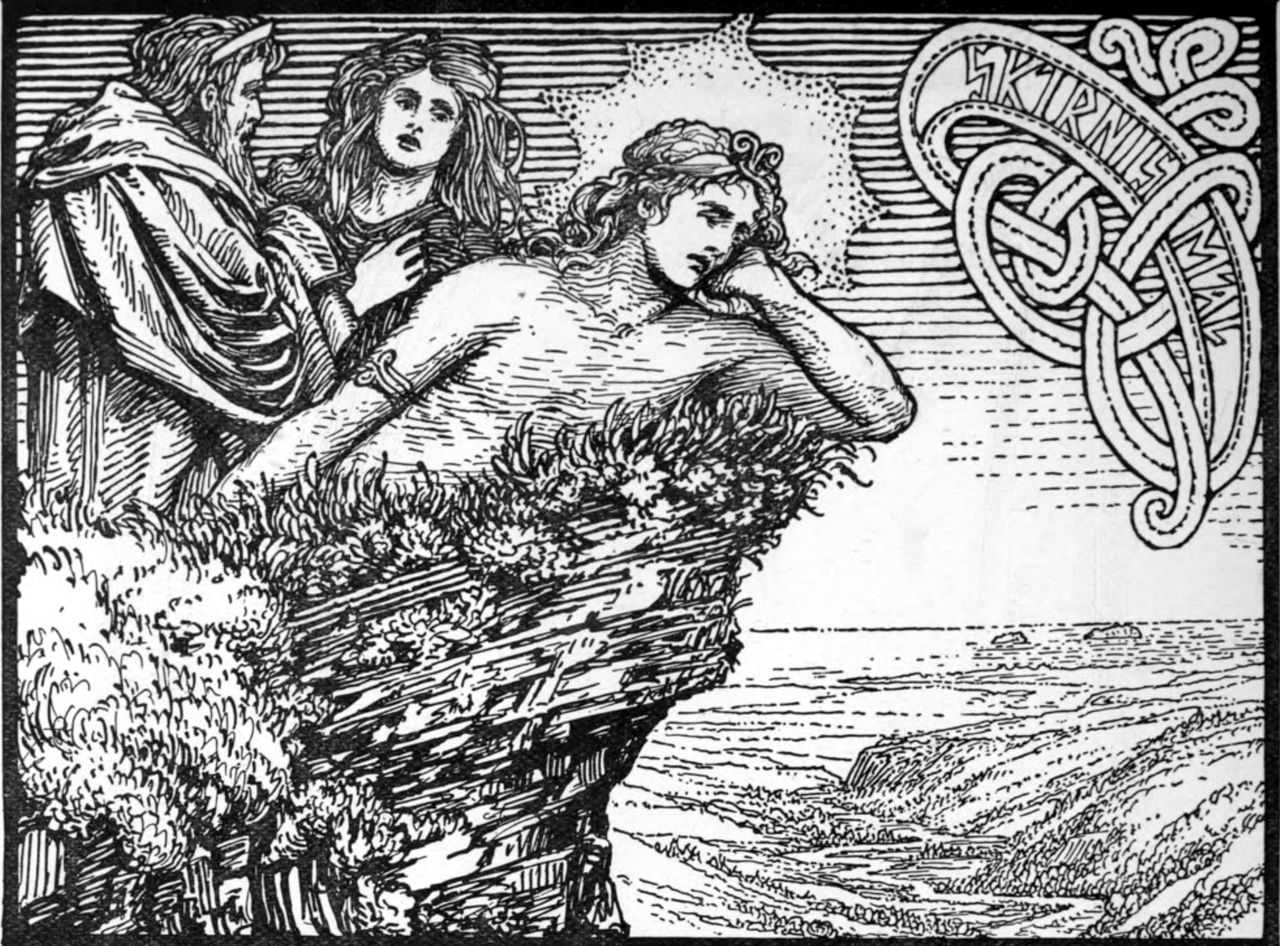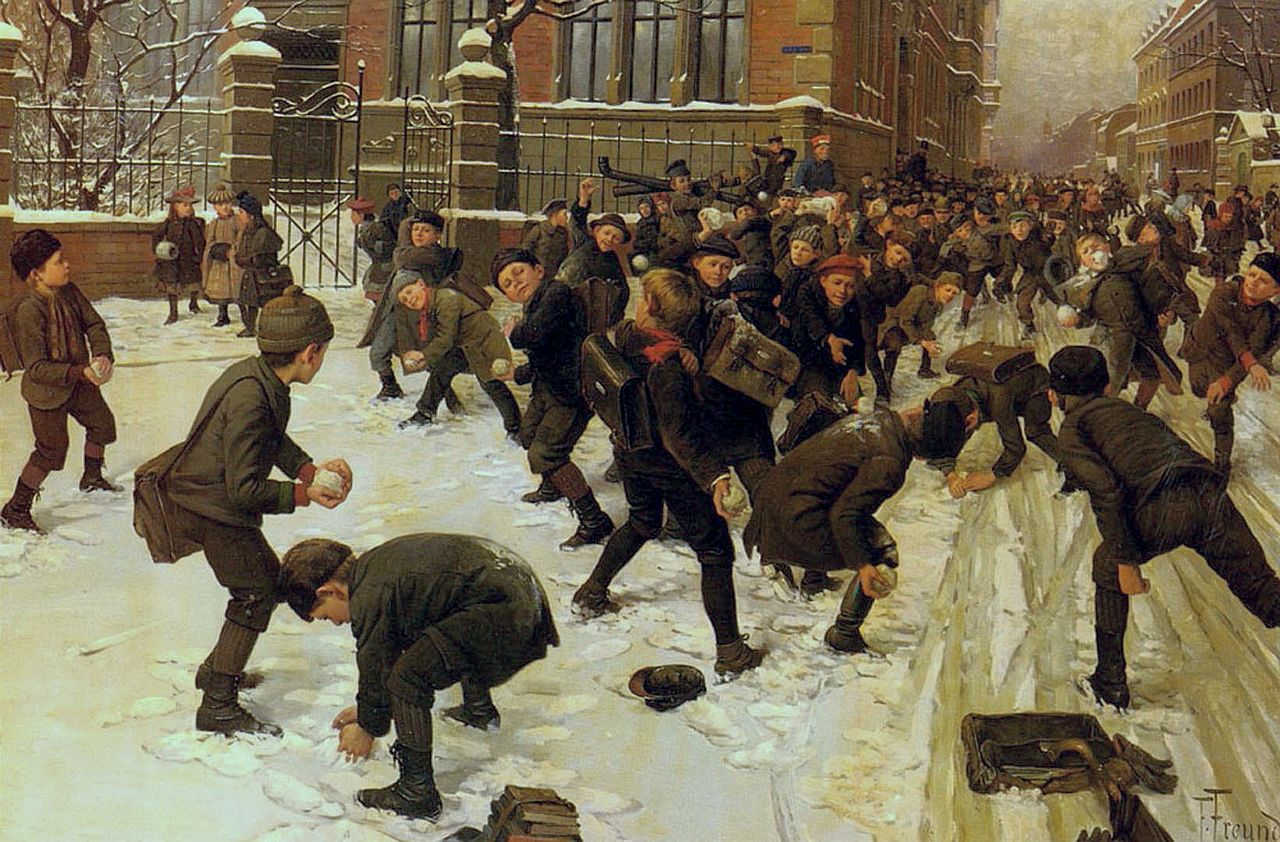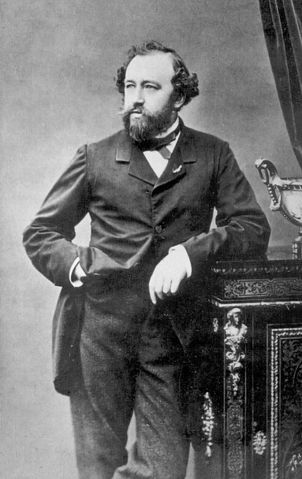
Adolphe Sax, inventor of the saxophone, was alarmingly accident-prone as a child:
Before he was two, he fell headlong down three flights of stairs and cracked his head on a stone floor. When only three he almost expired through drinking a mixture of vitriol and water in mistake for milk, being narrowly saved by the application of liberal doses of olive oil. Three other poisoning mishaps followed involving white lead, copper oxide and arsenic as well as the swallowing of a pin. A gunpowder explosion gave him severe burns and threw him a considerable distance; he was again burned when a frying pan was knocked over. A lifelong scar on his head was caused by a falling roof-stone. Once he went to bed in a room where some newly varnished objects were drying, being found in time to prevent asphyxiation from the fumes. No wonder the people of the locality called him, ‘Young Sax, the Ghost!’
When he was pulled, nearly drowned, from a river, his mother said, “He’s a child condemned to misfortune; he won’t live!” But he survived to 79 and died in 1894.
(From Wally Horwood, Adolphe Sax 1814-1894, 1980.) (Thanks, Jonathan.)


